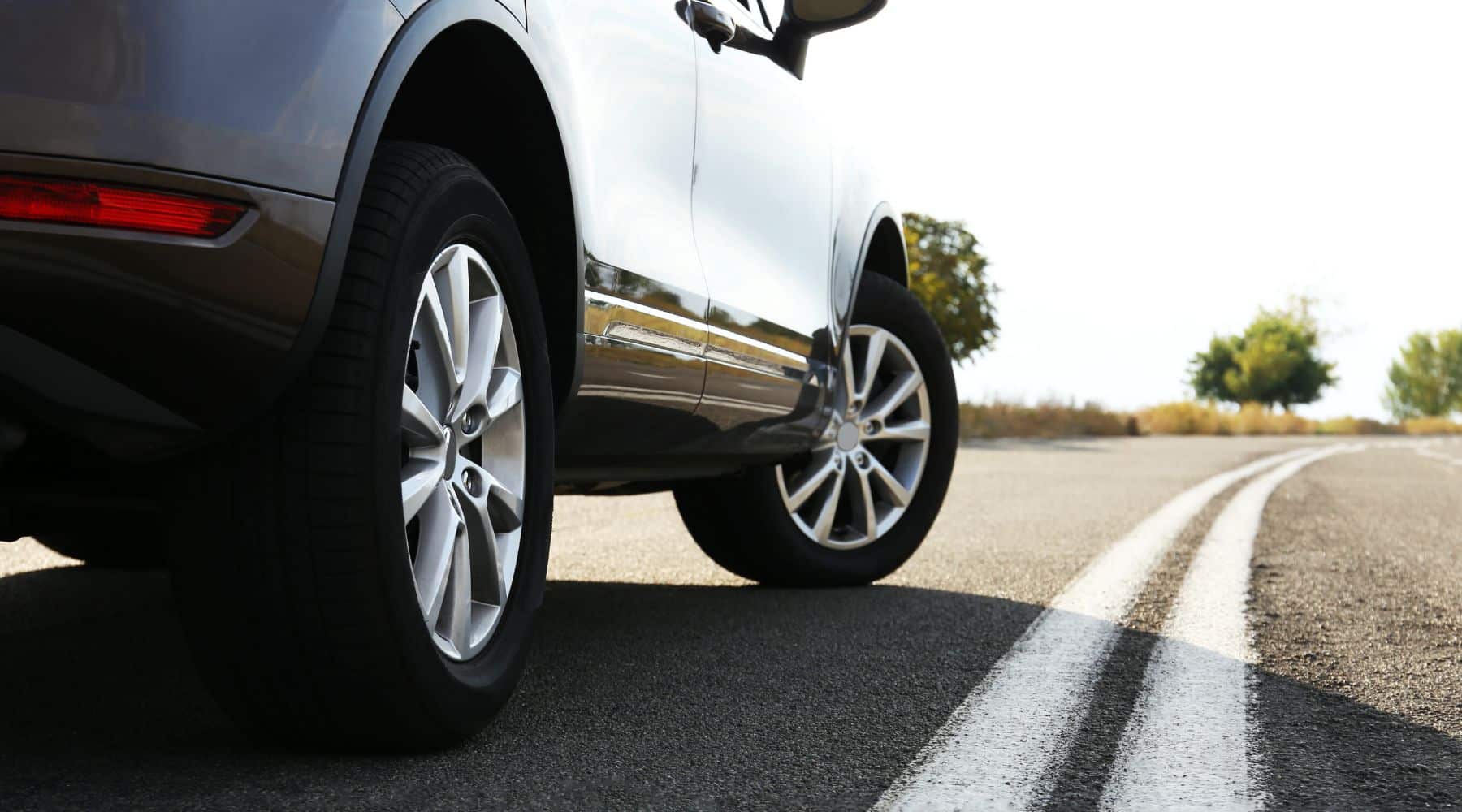Australia’s commitment to reaching net zero emissions by 2050 continues to dominate headlines, with the Liberal Party officially dumping the policy last week after its junior coalition partner, the National Party, did the same at the start of the month.
One of the many programs the Australian Government has put in place to keep us on track to hit that mark is the New Vehicle Efficiency Standard (NVES).
This initiative is intended to promote the production of more eco-friendly vehicles, but has had the added side effect of prompting carmakers like Ford and Isuzu Ute to trim certain models from their Australian lineups.
So, what is the NVES?
The NVES is a program designed to reduce tailpipe emissions of new vehicles sold in Australia. It does this by setting CO2 targets for all new passenger and light commercial vehicles.
Under this initiative, manufacturers will have the emissions of each new model imported averaged out and measured against the national target. The aim is to incentivise carmakers to cut back on the number of high-emissions vehicles and increase the number of low-emissions models.
The current target for passenger cars and SUVs is 173g of CO2 per kilometre (g/km), while this is set at 215g/km for light commercial cars like utes, large SUVs and vans.
This doesn’t mean that cars that exceed the emissions target are banned; rather, manufacturers will be fined if the overall average fails to meet the target set out in the NVES. Carbon credits are accrued by companies whose emissions average falls within the target range.
The NVES came into effect on 1 January, though it only applies to new vehicles reaching our shores from 1 July.
Why did Ford pull the Everest RWD from its Australian range?
The Everest’s RWD variants were canned by Ford because they failed to meet the CO2 targets set for passenger vehicles. That means that any Everest RWDs sold would eat into any potential credits earned by Ford.
As a result, they simply decided to remove it from their showrooms entirely. The AWD Everest will remain in Ford’s catalogue, albeit at a higher cost than its RWD counterpart. The Ambiente and Sport AWD variants cost an extra $5,000 and $10,000, respectively.
The same is expected to happen with at least some of the Isuzu Ute MU-X’s 4×2 variants, according to recent reporting by Drive. If they do suffer the same fate as the Everest, it’s a similar story: taking the step up to the 4×4 range will cost an extra $4,000 to $6,000.
While the intended impact of this program is that the total CO2 emitted by cars will go down over time, the immediate effect is that several routes to affordable medium to large SUV ownership have now been blocked off.
While EVs are eligible for discounted finance deals through green car loans, their starting prices are often up to $20,000 more than their petrol counterparts. That continues to prove a major barrier to entry for people, too, unless they’re taking out a novated lease.
The best cheap medium and large SUVs in Australia: 2025
We’ve looked into some of the best and most affordable SUVs across both medium and large segments that are around the same price as the 2WD Everest and MU-X and, crucially, meet the NVES’ current targets for passenger and light commercial vehicles.
Subaru Outback
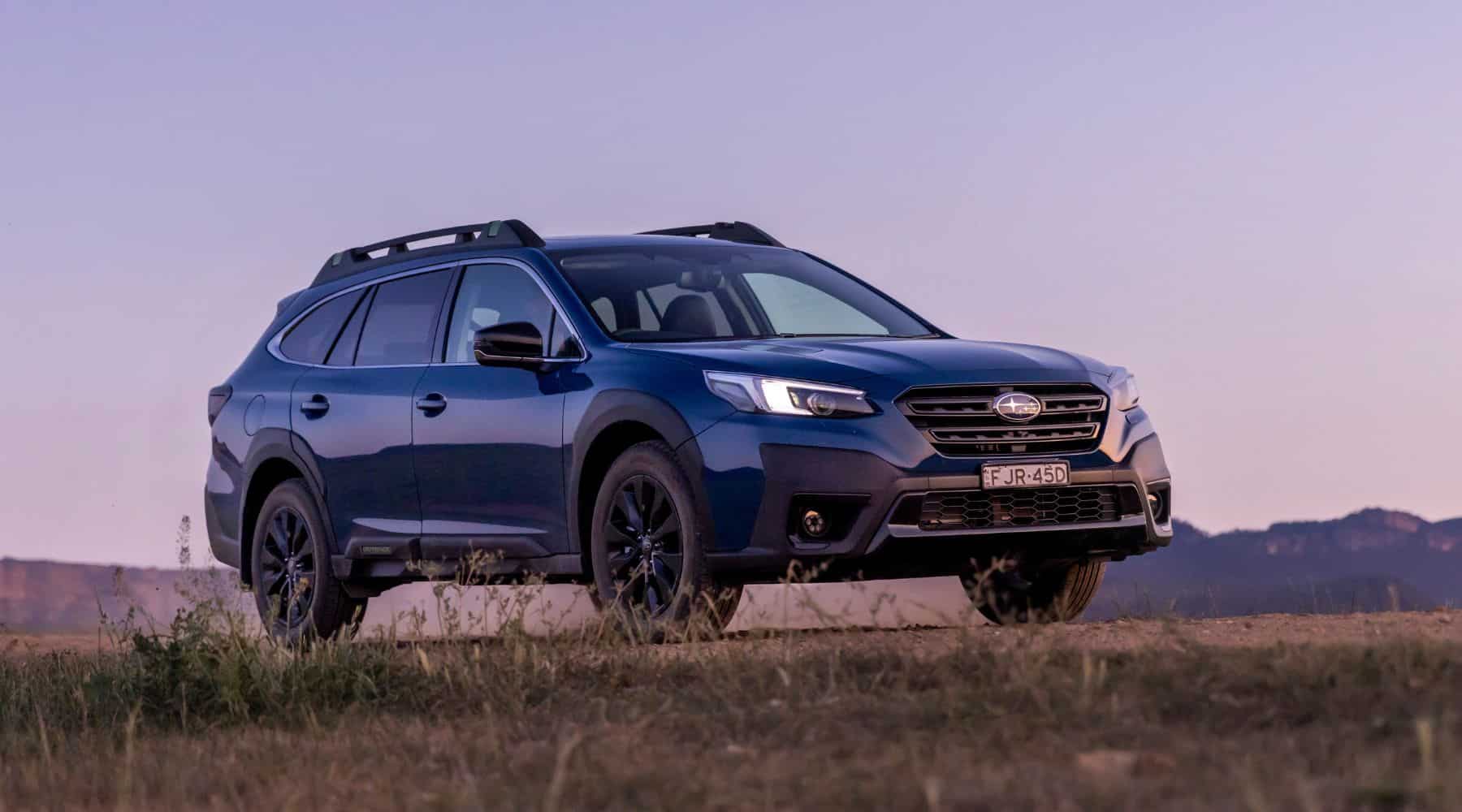
- Price: from $43,690 (Outback AWD)
- Seating capacity: five seats
- Towing capacity: up to 2,400kg
- Fuel efficiency: from 7.3L/100km
- CO2 emissions: from 168g/km
The best-selling model on this list, the Subaru Outback is among the most popular large SUVs in Australia. According to VFACTS data, the Outback has only been outsold by the Toyota Prado, Ford Everest, Isuzu Ute MU-X and Kia Sorento so far this year (up to October 2025).
An all-wheel drive (AWD) suited to a range of different terrains, the Outback is popular among those looking to get off the beaten track. Its X-Mode function allows you to switch between driving modes, while its maximum braked towing capacity of 2,400kg gives you plenty to work with for your off-road adventures.
Most importantly, though, the cheapest variant comes in with a base price of just $43,690, making it substantially cheaper than the Everest.
Hyundai Santa Fe
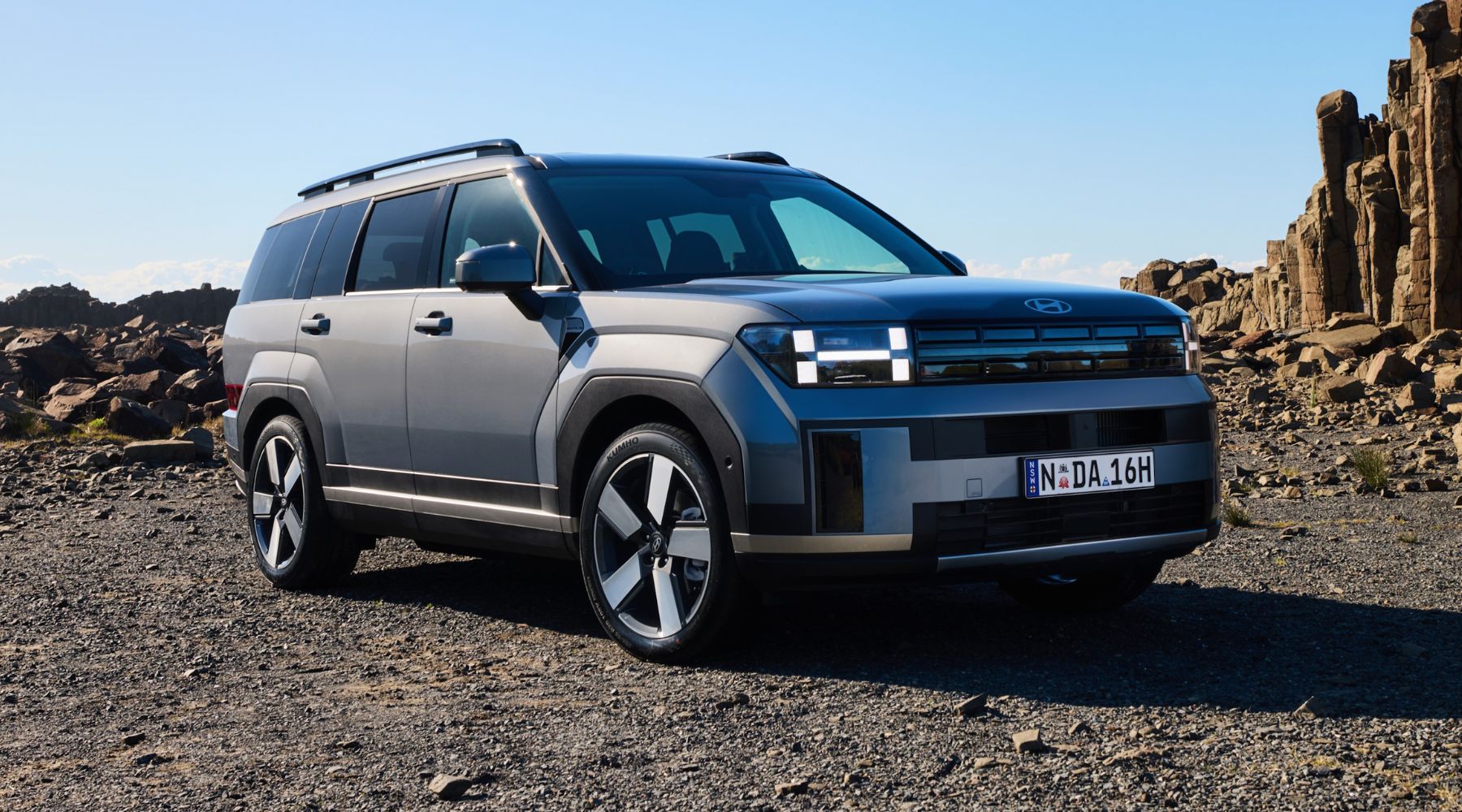
- Price: from $53,000 (7 Seat 2WD)
- Seating capacity: seven seats
- Towing capacity: up to 2,400kg
- Fuel efficiency: from 5.6L/100km
The next-most popular large SUV in Australia, the Santa Fe from Hyundai is one of the country’s leading seven-seat models. Its spacious cabin is ideal for big families and ferrying your kids’ friends around.
The Santa Fe comes equipped with the Hyundai SmartSense suite of technologies as standard to maximise your safety on the road, as well as a range of convenience features like a 12.3-inch curved capacitive touch screen display and remote start via Smart Key.
With a base price of $53,000, it’s on the more expensive end for this list, but the Santa Fe’s base hybrid model starts from just $57,000 if you’re looking for an even more eco-friendly ride. Hyundai doesn’t disclose its tailpipe emissions, though.
GWM Haval H6 Petrol
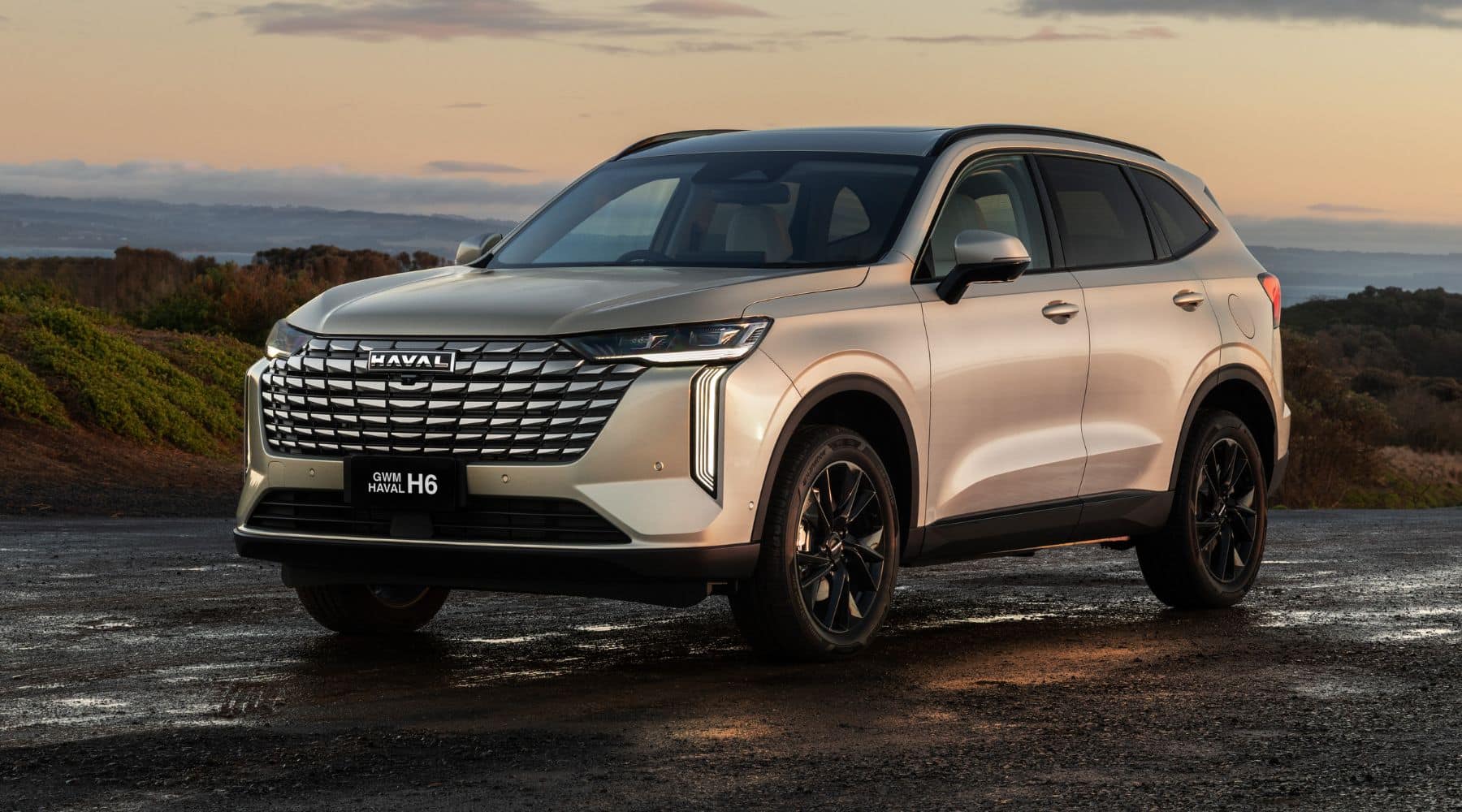
- Price: from $36,990 (Lux Petrol 2WD)
- Seating capacity: five seats
- Towing capacity: up to 2,000kg
- Fuel efficiency: 7.4L/100km
- CO2 emissions: 170g/km
If you’re looking for a vehicle that’s a step lower on the price rung than the models we’ve mentioned so far, you might look at something like the Haval H6. It’s growing in popularity as a cheaper option than the Everests and MU-Xs currently available, being the fifth-most popular new car financed through Savvy in the 2024-25 financial year.
The H6 is another five-seater, rather than seven, but makes its mark with features like the 14.6-inch infotainment screen and eight-speaker audio system as standard across the range. It also boasts safety features like a 360° monitoring system, Lane Departure Warning, Keep Assist and Centre Keeping, Traffic Sign Recognition and Smart Dodge.
There’s a reason why GWM and the Haval H6 are becoming more common on our roads: they represent one of the cheapest ways to get into the medium SUV market.
GWM Haval H6 Hybrid
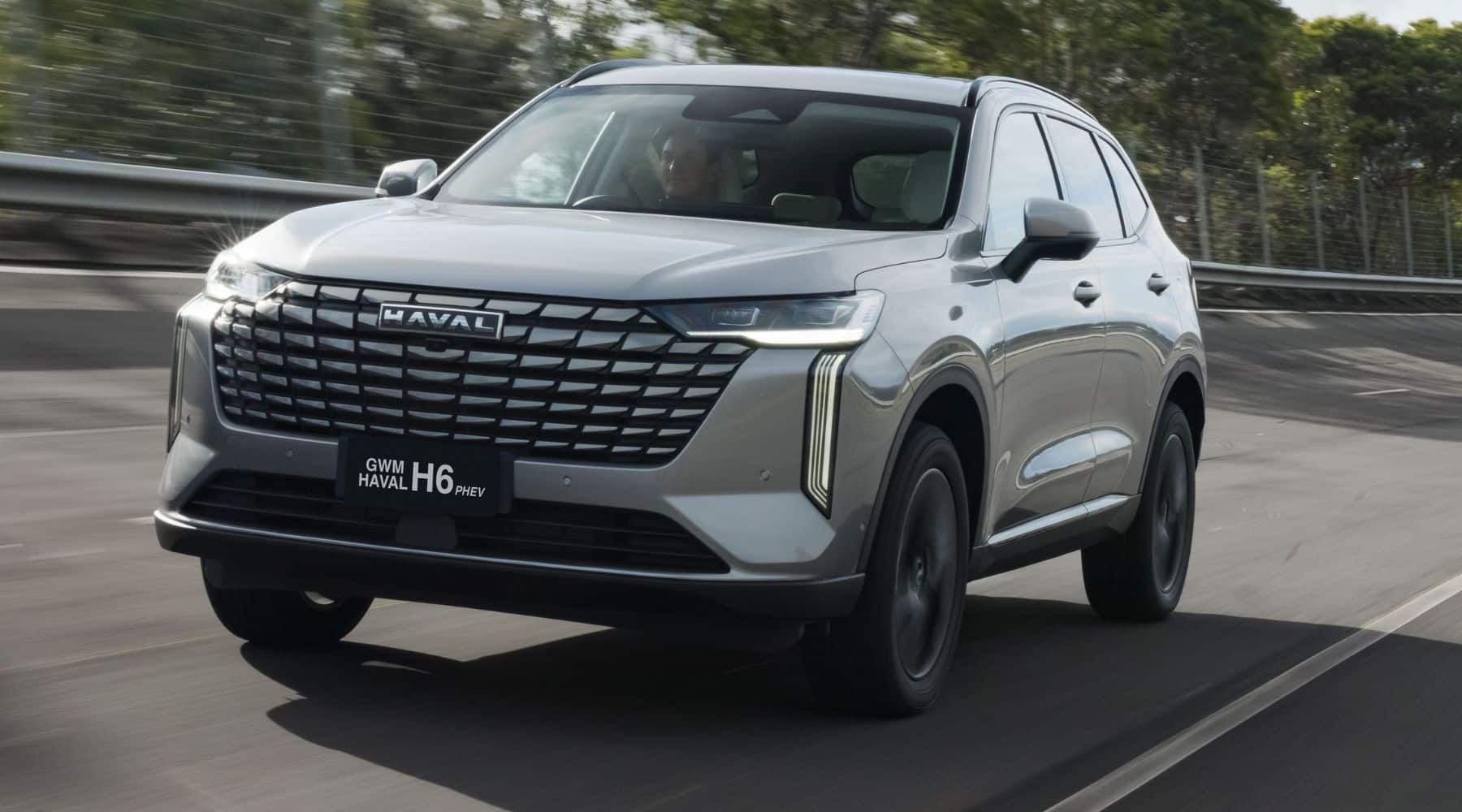
- Price: from $42,490 (Lux Hybrid 2WD)
- Seating capacity: five seats
- Towing capacity: up to 1,500kg
- Fuel efficiency: from 5.2L/100km
- CO2 emissions: 120g/km
For fans of the H6 who want to get behind the wheel of a hybrid SUV, the step up starts from a base price increase of less than $6,000. The Haval H6 Hybrid range packs virtually the same features as the petrol variants, but with a far better fuel efficiency and significantly lower CO2 emissions (50g/km less).
Its cheapest plug-in hybrid (PHEV) variant, the Lux PHEV 2WD, also comes with a very affordable base price of $43,490 and emissions of just 22g/km. If you’re looking to venture into green car ownership but need an SUV, this is a cheap place to start.
Chery Tiggo 8 Pro Max
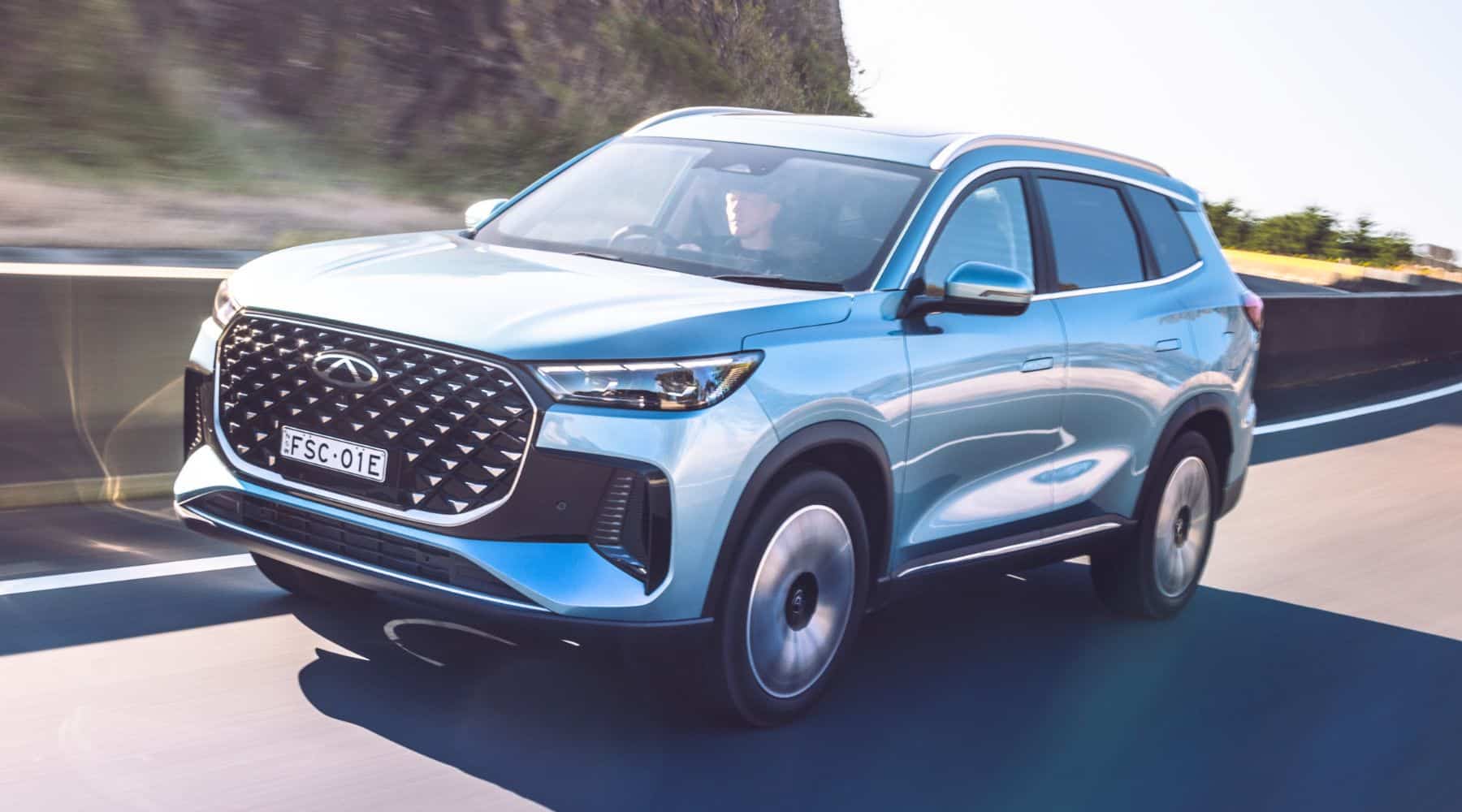
- Price: from $36,990 (Urban 2WD)
- Seating capacity: seven seats
- Towing capacity: up to 1,300kg
- Fuel efficiency: from 8.1L/100km
- CO2 emissions: from 191g/km
The Tiggo 8 Pro Max from Chinese manufacturer Chery is the cheapest seven-seat SUV on the market in Australia. The fact that the base price for such a car sits at under $40,000 will be attractive to families nationwide before you even begin to look at the specifications of the vehicle.
While it’s clear you aren’t going to be getting the same quality as you would with a Santa Fe, for example, the Tiggo 8 Pro Max still offers enough to buyers in the way of features. Its driver assistance safety systems include Rear Collision Warning, Rear Cross Traffic Alert and Braking and Emergency Lane Keeping as standard.
Its 12.3-inch dual LCD instrument cluster and integrated multimedia touchscreen, eight or ten-speaker Sony sound system and Intelligent Voice Command all add to the experience. It’s worth noting that the RWD variant of the Tiggo 8 Pro Max doesn’t currently meet the NVES target, though.
Volkswagen Tiguan

- Price: from $43,990 (110 TSI Life)
- Seating capacity: five seats
- Towing capacity: up to 2,300kg
- Fuel efficiency: from 7.1L/100km
- CO2 emissions: 173g/km
Another familiar face to many Australians shopping in the medium to large SUV market, the Volkswagen Tiguan has been available in Australia since its 2009 model year. It remains one of the German manufacturer’s flagship models, only being outsold by the Amarok and T-Roc so far in 2025.
All models come equipped with IQ.DRIVE, Volkswagen’s suite of driver assistance systems, which includes Side Assist with Rear Traffic Alert, Travel Assist and predictive speed limiter. Its three-zone climate control air conditioning, 12.9-inch colour touchscreen display and GoConnect, Volkswagen’s connected services app, are all standard inclusions.
If the Tiguan’s five-seat interior isn’t quite enough for your family, you might instead look for the Tiguan Allspace. The seven-seater offers an improved fuel efficiency (from 6.2L/100km) and towing capacity (up to 2,500kg) but starts from the same base price of $43,990.
Car finance with Savvy
If you’re looking to finance any of the models listed above, or any other medium to large SUVs, you can get a car loan through Savvy. Simply apply online and we’ll help you through the process from start to finish. Get a free, no-obligation quote now!
- Liberal Party formally abandons net zero by 2050 climate target - ABC News
- Nationals formally abandon commitment to reach net zero emissions by 2050 - ABC News
- New Vehicle Efficiency Standard - Department of Infrastructure, Transport, Regional Development, Communications, Sport and the Arts
- Driven to extinction: Rear-drivers become first victim of the NVES - WhichCar?
- Ford Everest, Isuzu MU-X variants the first victims of Australia’s new vehicle emissions rules – UPDATE - Drive
